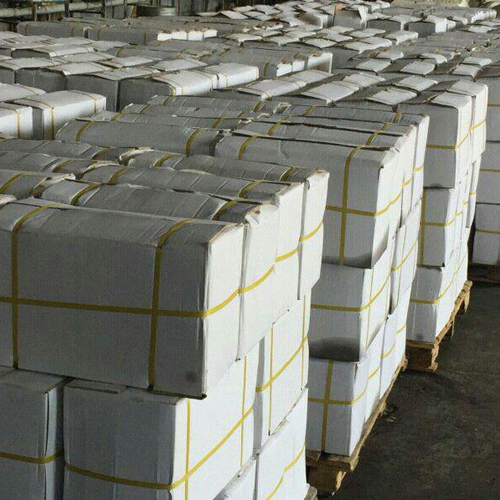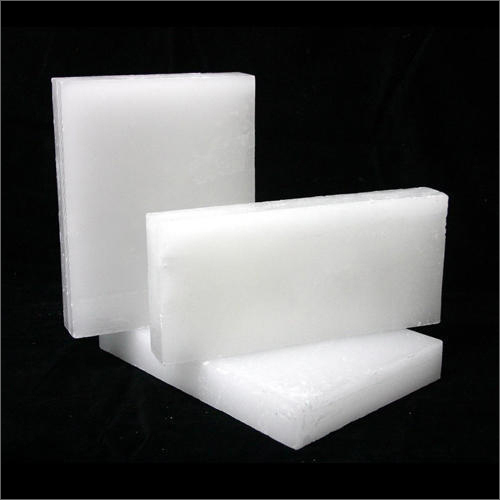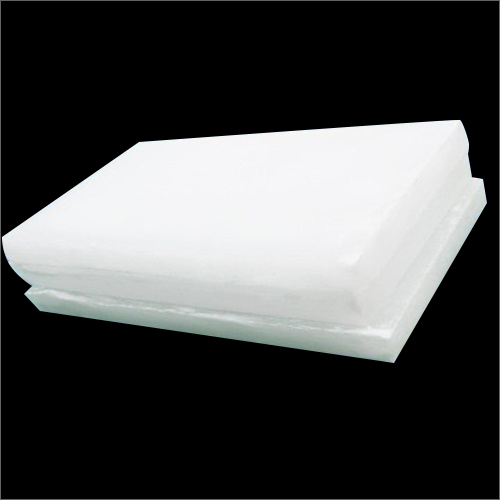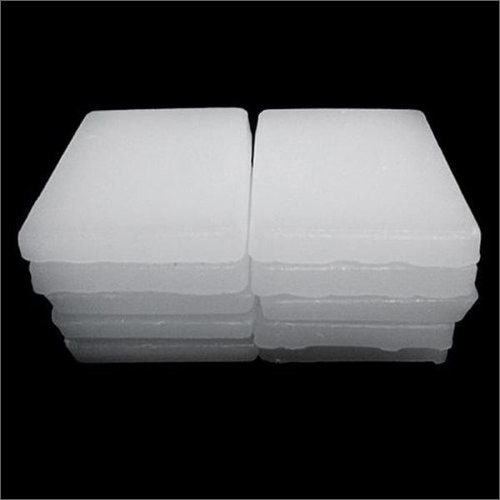Paraffin Wax
Paraffin wax, also known as petroleum wax, is a soft, colorless solid derived from petroleum, coal, or oil shale. It consists of a mixture of hydrocarbon molecules with carbon atoms ranging between 20 and 40. Solid at room temperature, it begins to melt above approximately 37OC (99OF), with a boiling point above 370OC (698OF). Common applications include lubrication, electrical insulation, candles, and crayons.
Properties:
Paraffin wax is typically found as a white, odorless, tasteless, waxy solid, with a melting point ranging between about 46 and 68OC (115 and 154OF) and a density of around 900 kg/m3. It is insoluble in water but soluble in ether, benzene, and certain esters. Paraffin is largely unaffected by most common chemical reagents but burns readily, with a heat of combustion of 42 MJ/kg.
Additional Uses:
Candle-making: Paraffin wax is a common choice for candle production due to its ease of use and versatility.
Wax Carving: Used in various sculpting applications, though softer waxes like beeswax are preferred for intricate work.
Bicycle Chain Lubrication: Provides effective lubrication for bicycle chains, reducing friction and wear.
Coatings: Used for waxed paper or cotton coatings, providing moisture repellency and protection.
Food-Grade Paraffin Wax: Utilized as a shiny coating in candy-making and as a sealant for jars, cans, and bottles. It is also used as a chewing gum additive and as a coating for hard cheeses like Edam.
Investment Casting: Paraffin-based waxes are crucial in investment casting processes, facilitating the creation of metal castings.
Anti-caking Agent: Acts as a moisture repellent and dust-binding coating for fertilizers, improving handling and storage properties.
Golden Dyechem offers high-quality paraffin wax tailored to meet diverse industrial and commercial needs, ensuring superior performance and reliability in various applications.
Product Application :
In industrial settings, modifying the crystal properties of paraffin wax is often necessary. This is achieved by adding branching to the existing carbon backbone chain using additives such as EVA copolymers, microcrystalline wax, or forms of polyethylene.



